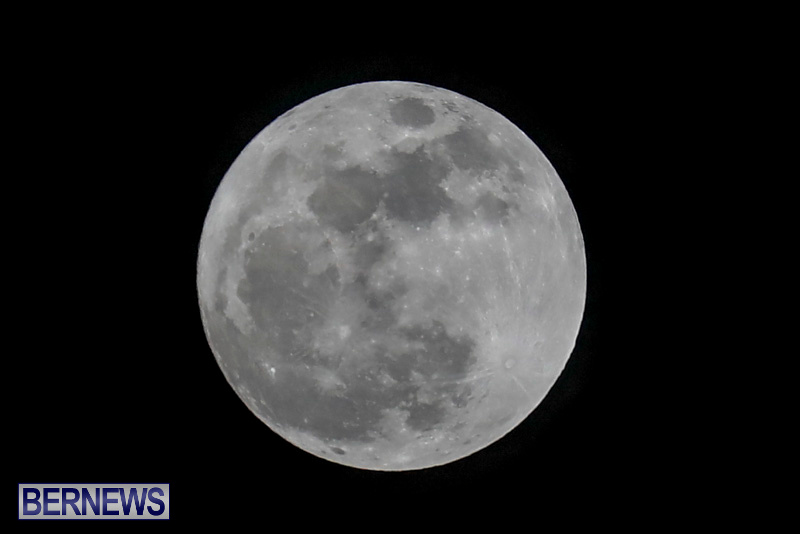2018 Starts Off With Two Full Moons In January
January is a very special month for lunar observers as the first month of 2018 will feature two full moons and a total lunar eclipse, or “blood moon.” When two full Moons occur within one calendar month, the second is called a Blue Moon. In January 2018, a Blue Moon will occur on the 31st.
Tonight’s full moon occurred just hours after the moon reached perigee, its closest point to Earth in its monthly orbit, making it a so-called supermoon. At its closest point on January 1, the moon will be 221,559 miles [356,565 kilometers] from Earth, according to Space.com.
In Native American and early Colonial times, the Full Moon for January was called the Full Wolf Moon. It appeared when wolves howled in hunger outside the villages, according to the Old Farmer’s Almanac.
Traditionally, the January Moon is also known as the Old Moon. To some Native American tribes, this was the Snow Moon, but most applied that name to the next Full Moon, in February.
This month’s second full moon, on Jan. 31, will feature a total lunar eclipse, or a “blood moon.”. People in the western U.S., Hawaii, or the Eastern half of Asia, will see the moon turn blood-red as it enters the deepest parts of the Earth’s shadow during the eclipse.
A total lunar eclipse is one where the moon passes through the central region of the shadow of the Earth, which describes a cone that stretches away from the sun. At other times the moon only passes through the shadow partway, and that’s a partial lunar eclipse.


